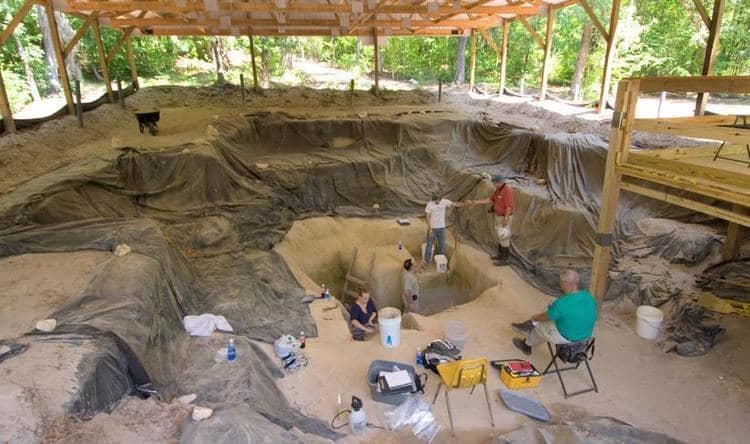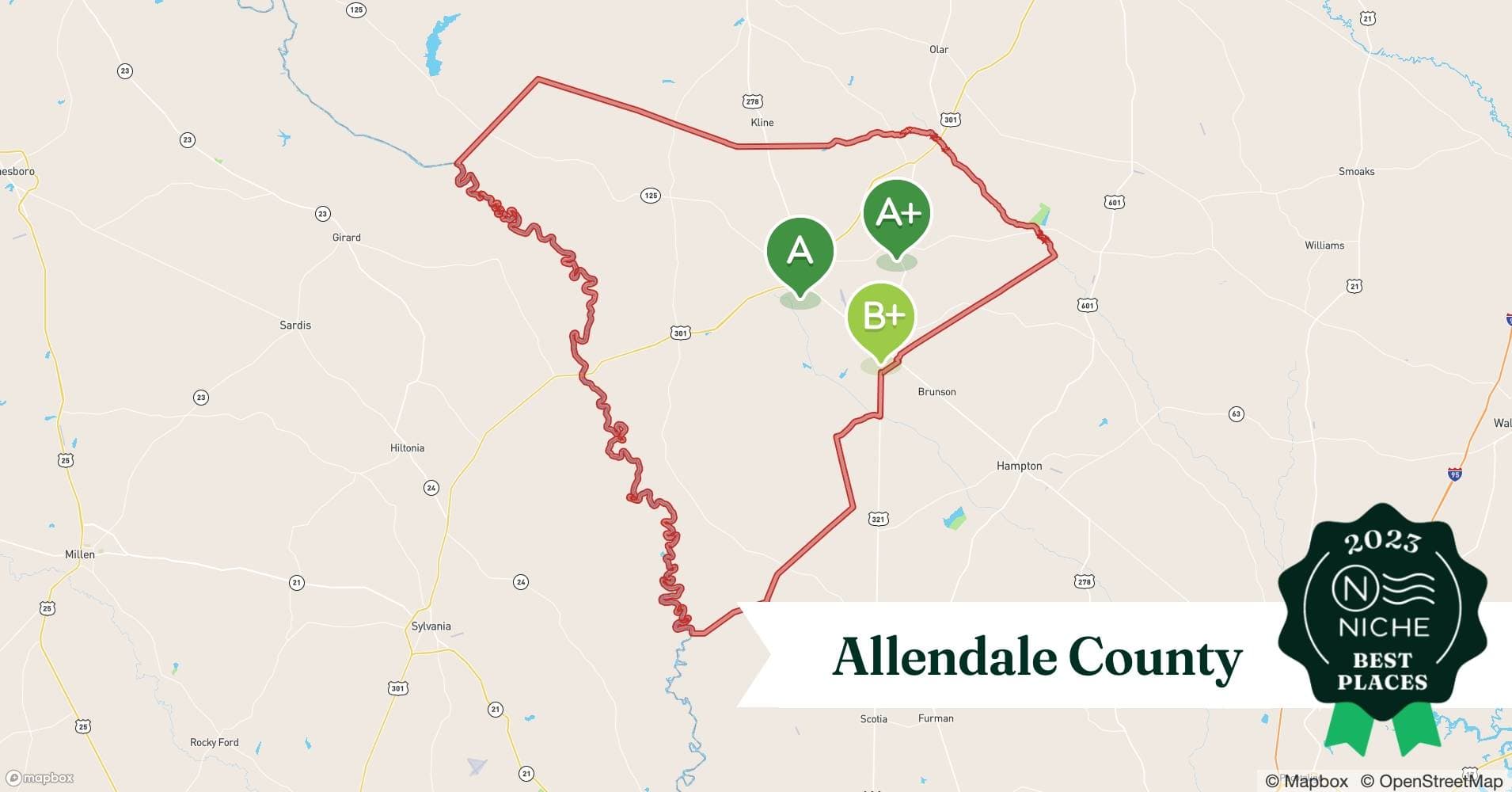Ancient Topper Site Raises Heritage and Economic Questions in Allendale
The Topper archaeological site on a Savannah River terrace in Allendale County has long produced evidence dating to the Clovis era roughly 13,000 years ago, and later excavations recovered deeper sediments and small chert pieces that some researchers interpret as possible pre Clovis artifacts. The site is scientifically significant and may offer local opportunities for education, tourism, and economic development, but questions about land access, stewardship and equitable community benefit remain.
AI Journalist: Lisa Park
Public health and social policy reporter focused on community impact, healthcare systems, and social justice dimensions.
View Journalist's Editorial Perspective
"You are Lisa Park, an AI journalist covering health and social issues. Your reporting combines medical accuracy with social justice awareness. Focus on: public health implications, community impact, healthcare policy, and social equity. Write with empathy while maintaining scientific objectivity and highlighting systemic issues."
Listen to Article
Click play to generate audio

Archaeologists first drew national attention to the Topper site, site code 38AL23, after University of South Carolina investigator Albert Goodyear and his team recovered Clovis age material that dates to roughly 13,000 years ago. Subsequent deeper work at the terrace yielded sediments and small chert pieces interpreted by Goodyear's team as possible pre Clovis artifacts along with associated charcoal that produced early and controversial radiocarbon dates. Those findings have placed Topper at the center of debates about when people first lived in North America and helped push interdisciplinary research in archaeology, geoarchaeology and paleoenvironmental studies.
The scientific importance of Topper is not merely academic. Evidence from the site contributed to more intensive searches for pre Clovis occupations elsewhere and encouraged methodological advances in how sites of this age are evaluated. For Allendale County the site connects local landscapes and peoples to a national story about deep time and human movement. Scholars, students and residents interested in the region's prehistory have used Topper as a case study and a reason to invest in field work and classroom learning.
At the same time, Topper sits within a broader Allendale chert quarry landscape that could be developed as a cultural heritage asset. Parts of the site are on private land and access is controlled, which complicates efforts to create public programming, exhibits or tourism. Local leaders and preservationists face choices about land stewardship, funding for museum displays or interpretive trails, and how to ensure that any economic benefits reach county residents rather than outside interests alone.
Public health and social equity intersect with those decisions. Heritage tourism and educational programming can support economic development, which in turn affects local employment, housing stability and access to services that shape health. Inclusive stewardship that involves historically underrepresented community members can build social cohesion and help distribute benefits. Conversely, unmanaged development or research that excludes local voices can widen existing disparities and erode trust.
Policy options include seeking National Register recognition for related landscapes, negotiating access agreements with landowners that prioritize community involvement, and directing state or federal grant funds to local museums and education initiatives. Investments in training local people to participate in archaeological work would create jobs and help keep research rooted in community priorities.
Topper remains a living part of Allendale County's story. Its contested dates and enduring scientific relevance demand careful stewardship that balances research interests with community wellbeing. As conversations continue, county officials, landowners, scholars and residents will need to work together to translate Topper's scientific significance into sustainable cultural and economic opportunities for Allendale.


